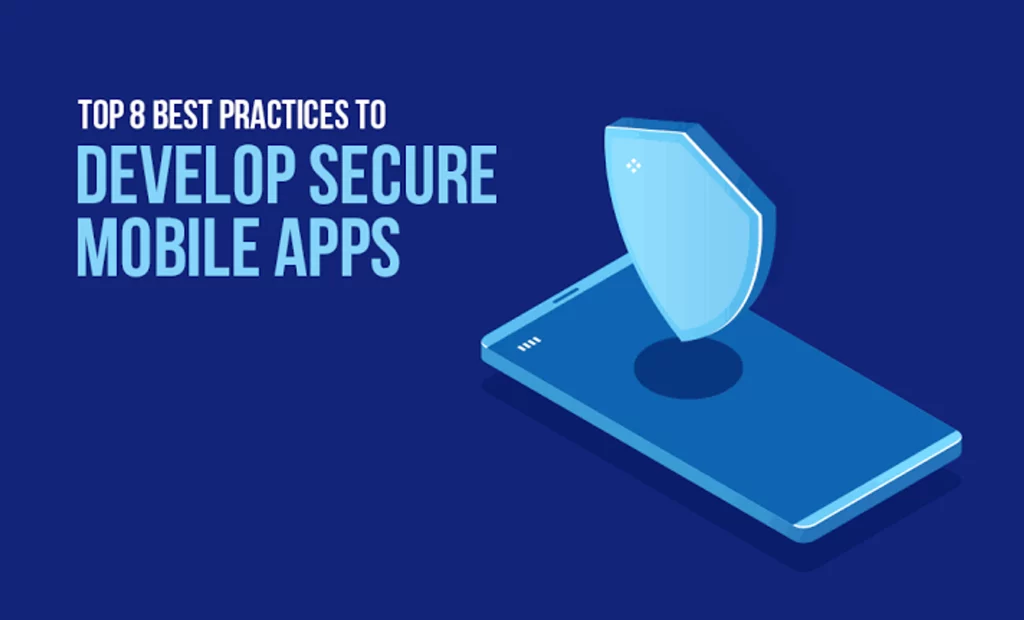Written By Erere Godsent Onyeugbo
Mobile devices have become an important part of our everyday lives.
Lost? Google maps help you with directions. Visiting a restaurant? You have to scan the bar code for the menu. Need a ride? Ride hailing services are only a click away. Bored? Oh my. There are hundreds of social media platforms to distract you and place you in an infinite doom scroll. If you are reading this, you should know.
Since it is used in every aspect of our lives, how can we sanitize it and protect ourselves?

This article is the second part of Secure Web Practices which you can read here. We will be discussing the following in this article.
The ubiquitous nature of mobile devices makes it prone to multiple challenges listed below.
Device security is paramount in an increasingly digital world. Setting up device locks, like a PIN or biometrics, forms the first line of defence against unauthorized access. These authentication methods, especially biometrics like fingerprint or facial recognition, offer convenience without compromising security.
Keeping mobile operating systems up-to-date is equally vital. Regular updates often patch vulnerabilities and enhance overall security. Neglecting them could expose your device to exploits and threats.
Managing app permissions is another crucial aspect. Users should scrutinize and limit what apps can access, ensuring sensitive data is protected. By controlling these permissions, you reduce the risk of apps mishandling personal information or intruding on privacy.
Remote wiping and tracking are essential mobile security features. Remote wiping allows users to erase their device’s data in case of loss or theft, safeguarding sensitive information. Tracking, through GPS or other means, helps locate a lost device, aiding recovery. These tools provide added protection and peace of mind for mobile users.
Secure internet usage is a vital aspect of protecting your online presence. Safe browsing habits involve staying cautious while clicking on links and downloading files, avoiding suspicious websites, and verifying website authenticity.
Public Wi-Fi networks pose significant risks, as they are often unsecure, making it easier for cybercriminals to intercept your data. To safeguard against these threats, it’s advisable to refrain from carrying out sensitive transactions on public networks.
Utilizing a Virtual Private Network (VPN) enhances your online privacy. A VPN encrypts your internet traffic, ensuring your data remains confidential, even on insecure networks. It’s a valuable tool for maintaining privacy in an increasingly interconnected digital world.
Increasingly, people all over the world spend so much time on their phones compared to previous decades. We share parts of ourselves with the world, using these platforms, phones are more important than wallets.
It is important that we keep them safe, as they present security challenges. Messaging encryption is pivotal in safeguarding your conversations. Apps like Signal and WhatsApp use end-to-end encryption, ensuring only you and the recipient can read your messages.
Social media privacy settings are crucial. Review and adjust settings to limit the information visible to others. Be selective about what you share and with who.
Have you ever fallen prey to scammers? Thousands of well meaning people have had their entire accounts wiped by bad actors. It is a dark place to be, but thankfully, we can learn about ways to stay safe.
Two-factor authentication (2FA) is a robust defence measure. It requires both a password and a secondary verification method, like a one-time code sent to your phone, adding an extra layer of security to your accounts.
Using secure payment apps, like Apple Pay or Google Pay, can fortify your transactions. These apps tokenize your financial information, making it challenging for fraudsters to access your card details.
Monitoring transactions is essential. Regularly review your bank and payment app statements for any unauthorized debit or transfer.
Kids follow in our footsteps. If they see you spend time on your device, they would spend time on their tabs too. However, it is not always safe for developing children. Ensuring kids and family security in the digital age demands a two-pronged approach.
Parental controls are invaluable for managing and restricting a child’s online activity. These controls allow parents to set age-appropriate content filters, screen time limits, and monitor usage.

Equally vital is educating children on mobile security. Teaching them about responsible online behaviour, recognizing cyber threats like phishing, and the importance of safeguarding personal information helps create a secure digital environment.
A balance between supervision and education empowers children to navigate the digital world safely, promoting a healthy and secure online experience for the entire family.
Technology is always advancing, and mobile devices are not left out. New mobile threats continuously surface, ranging from advanced malware targeting personal data, to deceptive social engineering tactics.
On the flip side, there are promising future security innovations. Anticipate developments in Artificial Intelligence (AI) for threat detection, biometric authentication enhancements, and more robust encryption protocols.
As mobile devices become even more integrated into our lives, staying ahead of these emerging threats and embracing cutting-edge security innovations will help in safeguarding our digital experiences. The future of mobile security holds both challenges and exciting advancements in technology.
Securing your mobile device is not just a suggestion, but a principle to live by. It is integral to our lives and personal data. By following these practices above, you will be creating a safe and smooth digital experience.
Cover Image: Tech in White | Credit: Dominika Roseclay